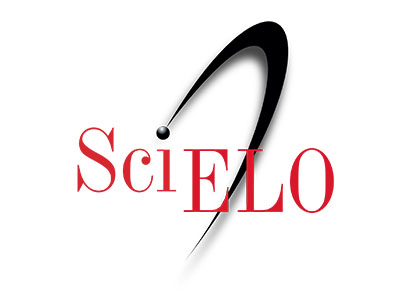Controllability of semilinear evolution equations with impulses and Delays
DOI:
https://doi.org/10.37135/ns.01.05.04Keywords:
Controllability, impulsive semilinear evolution equations, semilinear wave equation, strongly continuous semigroupAbstract
For many control systems in real life, impulses and delays are intrinsic phenomena that do not modify their controllability. So we conjecture that, under certain conditions, perturbations of the system caused by abrupt changes and delays do not affect certain properties such as controllability. In this regard, we show that under certain conditions, the impulses and delays as perturbations do not destroy the controllability of systems governed by evolution equations. As application, we consider a semi-linear wave equation with impulses and delays.
Downloads
References
Bashirov, A. E., & Ghahramanlou, N. (2013). On partial complete controllability of semilinear systems. Applied Analysis, 2013, 1–8. Article ID 52105.
Bashirov, A. E., & Ghahramanlou, N. (2014). On partial approximate controllability of semilinear systems. Cogent Engineering, 1(1), 965947.
Bashirov, A. E., Mahmudov, N., Semi, N., & Etikan, H. (2007). On partial controllability concepts. International Journal of Control, 80(1), 1–7.
Carrasco, A., & Leiva, H. (2007). Variation of constants formula for functional partial parabolic equations. Electronic Journal of Differential Equations, 2007(130), 1–20.
Chalishajar, D. N. (2011). Controllability of impulsive partial neutral funcional differential equation with infinite delay. International Journal of Mathematical Analysis, 5(8), 369–380.
Chen, L., & Li, G. (2010). Approximate controllability of impulsive differential equations with nonlocal conditions. International Journal of Nonlinear Science, 10(2010), 438–446.
Chen, S., & Triggiani, R. (1989). Proof of extensions of two conjectures on structural damping for elastic systems. Pacific Journal of Mathematics, 136(1), 15–55.
Curtain, R., & Pritchard, A. (2010). Infinite Dimensional Linear Systems, volume 10. Lecture Notes in Control and Information Sciences.
Curtain, R., & Zwart, H. (1995). An introduction to infinite dimensional linear systems theory. In Text in Applied Mathematics. Springer-Verlag: Berling.
Larez, H., Leiva, H., & Uzcategui, J. (2011). Controllability of block diagonal system and applications. International Journal of Systems, Control and Communications, 3(1).
Leiva, H. (2003). A lemma on c0semigroups and applications. Quaestiones Mathematicae, 26(3), 247–265.
Leiva, H. (2015a). Approximate controllability of semilinear heat equation with impulses and delay on the state. Nonautonomous Dynamical Systems, 2(1), 52–62.
Leiva, H. (2015b). Controllability of semilinear impulsive evolution equations. Applied Analysis, 2015. Article ID 797439, 7 pages.
Leiva, H. (2015c). Controllability of semilinear impulsive nonautonomous systems. International Journal of Control, 88(3), 585–592.
Leiva, H., & Merentes, N. (2010). Controllability of second-order equations in l2w. Mathematical Problems in Engineering, 2010. Article ID 147195, 11 pages.
Leiva, H., & Merentes, N. (2015). Approximate controllability of the impulsive semilinear heat equation. Journal of Mathematics and Applications, 38, 85–104.
Leiva, H., Merentes, N., & Sanchez, J. (2013). A characterization of semilinear dense range operators and applications. Applied Analysis, 2013. Article ID 729093, 11 pages.
Radhakrishnan, B., & Blachandran, K. (2012). Controllability results for semilinear impulsive integrodifferential evolution systems with nonlocal conditions. Journal of Control Theory Applications, 10(1), 28–34.
Selvi, S., & Arjunan, M. (2012). Controllability results for impulsive differential systems with finite delay. Journal of Nonlinear Science and Applications, 5(3), 206–219.







